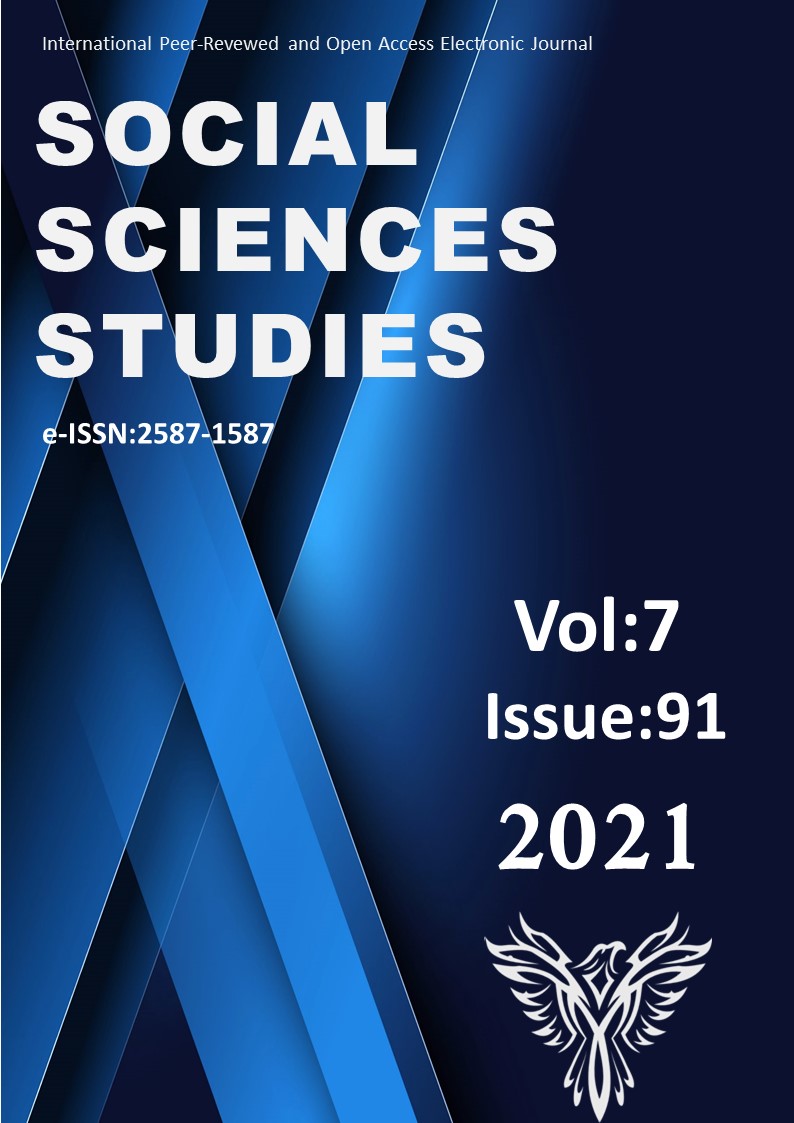Author :
Abstract
Bedenin terbiyesi, eğitimi, güçlenmesi gibi saiklerle yapılan spor etkinliği, kent çalışmalarının ve kent planlama disiplininin öncelikli konuları arasında değildir. Ancak, kadim çağlardan günümüze kadar geçen süreçte bireyin kentle kurduğu ilişkide sporun her zaman önemli bir yeri olmuştur. Antik Yunan ‘gymnasium’unda beden ile kent arasında kurulan doğrudan ilişkiden, bedenin seyirlik bir unsur olduğu antik Roma Coliseum’una, sporun toplumun gereksinimlerinden biri olarak kabul gördüğü modernist kentten, mega spor etkinliklerine ev sahipliği yapan günümüz kentine kadar spor ve spor alanları kent içerisinde önemli bir yer işgal etmiştir. Bugün gelinen noktada sporun toplumsal, ekonomik ve mekânsal olarak artan önemiyle birlikte ihtiyaç duyduğu alanların planlanması sürdürülebilir bir kentsel yaşamın gereklerindendir. Spor ve diğer serbest zaman etkinlikleri için tasarlanan tesisler, kapsamlarına ve fiziksel büyüklüklerine bağlı olarak kent içerisinde bulundukları muhiti dönüştürme kapasitesine sahiptirler. Bu türdeki alanlar kent yaşamına etkin bir şekilde entegre olurlarsa, ana işlevlerini yerine getirmenin yanı sıra kentsel yaşama olumlu anlamda katkı koyma potansiyelini de taşırlar.
Keywords
Abstract
The sport activity with the motives of education, strengthening and strengthening of the body is not among the priority issues of urban studies and urban planning discipline. However, sport has always had an important place in the relationship between the individual and the city. In the ancient Greek 'gymnasium', from the direct relationship established between the body and the city, to the ancient Roman Coliseum where the body is a spectacle, from the modernist city, which is regarded as one of the needs of the sport, from the modern city to the city that hosts the mega sport activities occupied an important place. Today, the social, economic and spatial importance of sports, and the areas it needs to plan, are among the requirements of a sustainable urban life. The facilities designed for sports and other leisure activities have the capacity to convert the city where they are located, depending on their scope and physical size. If such areas are effectively integrated into urban life, they have the potential to contribute positively to urban life as well as to fulfill their main functions.
